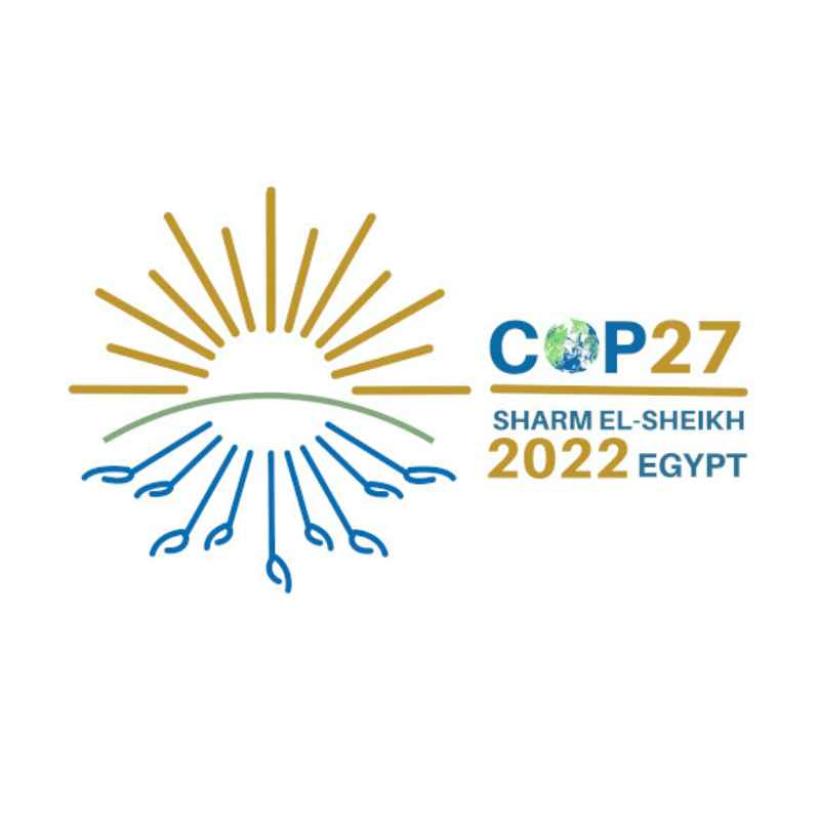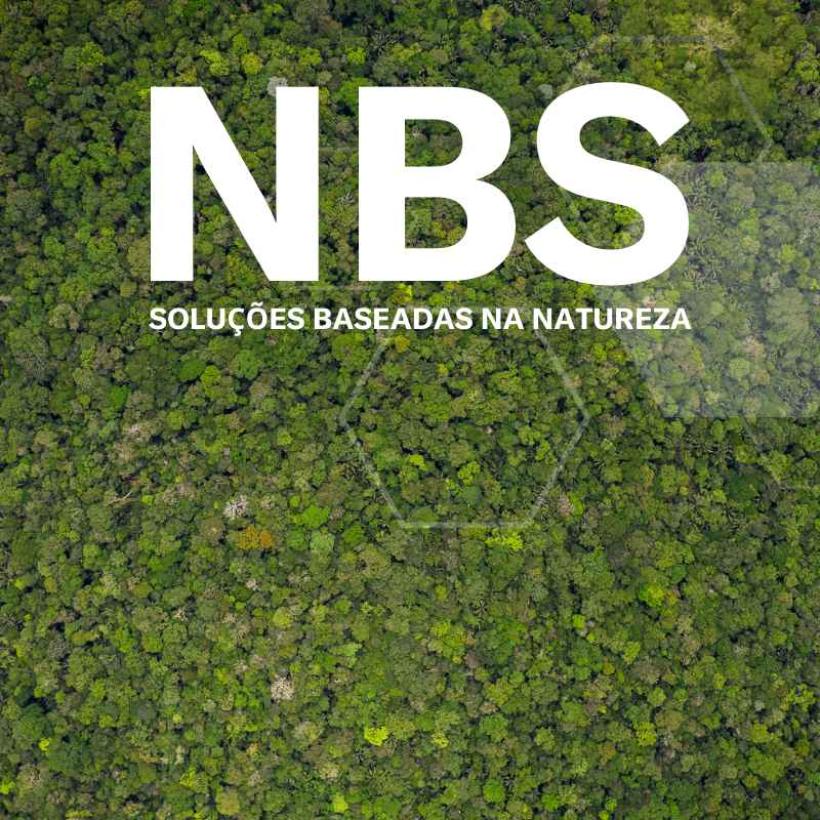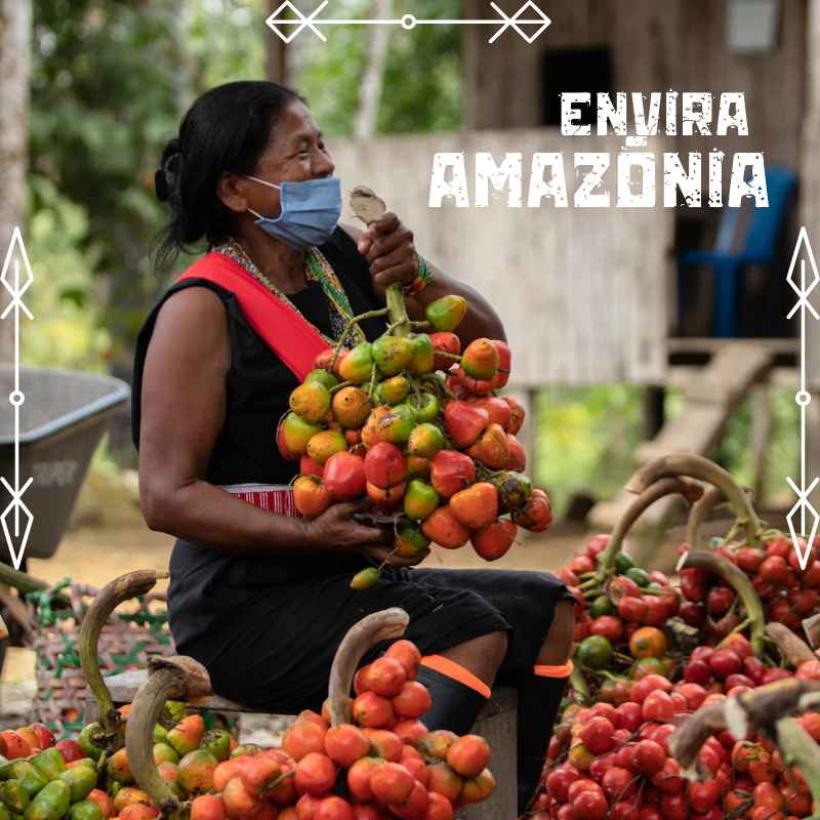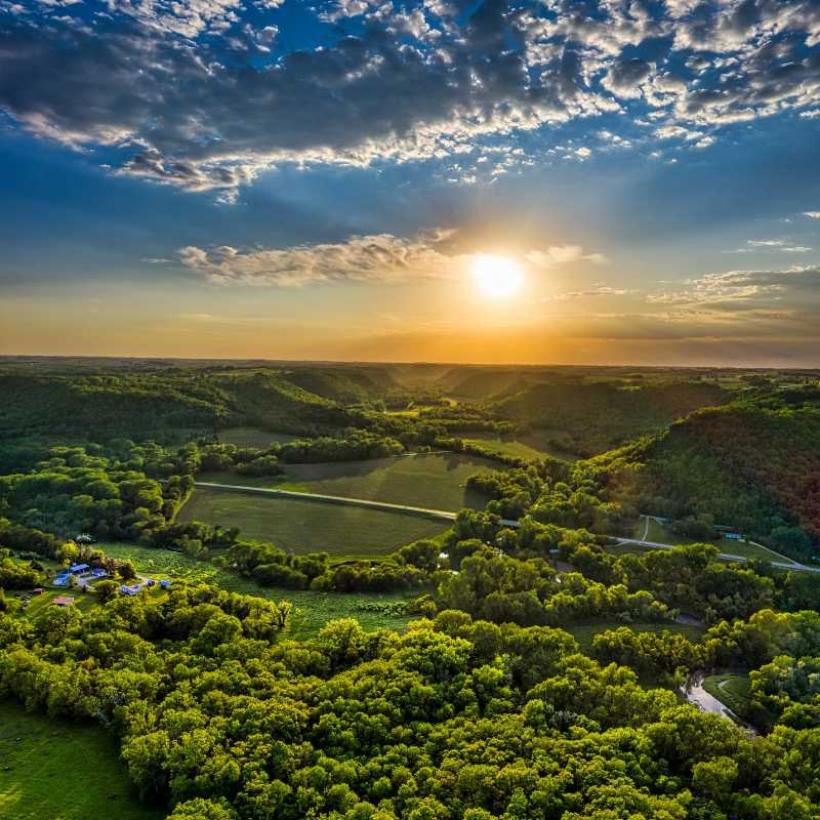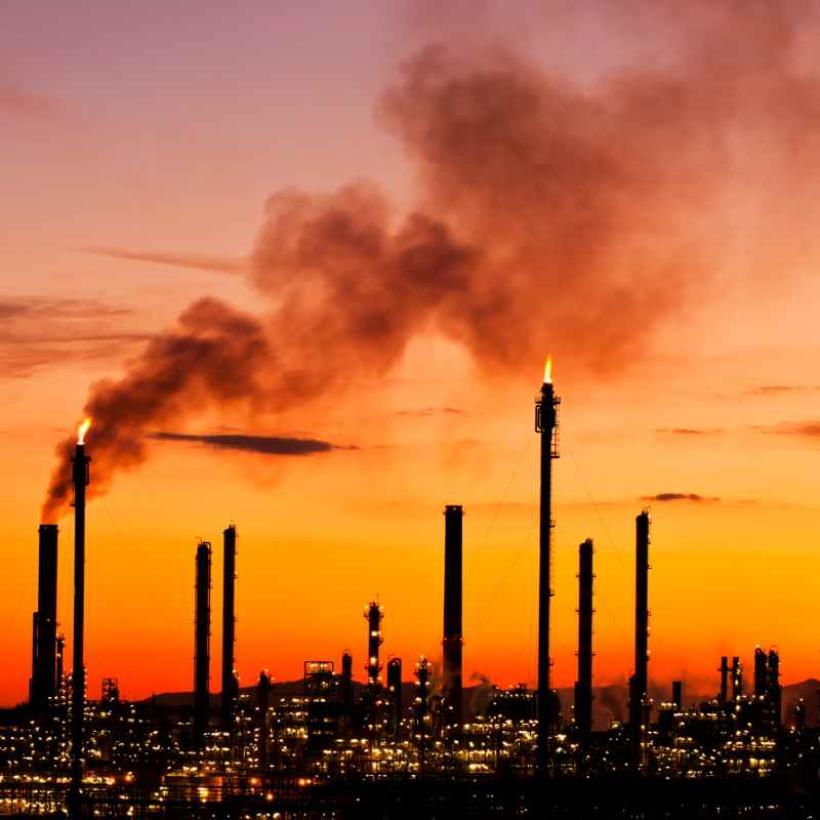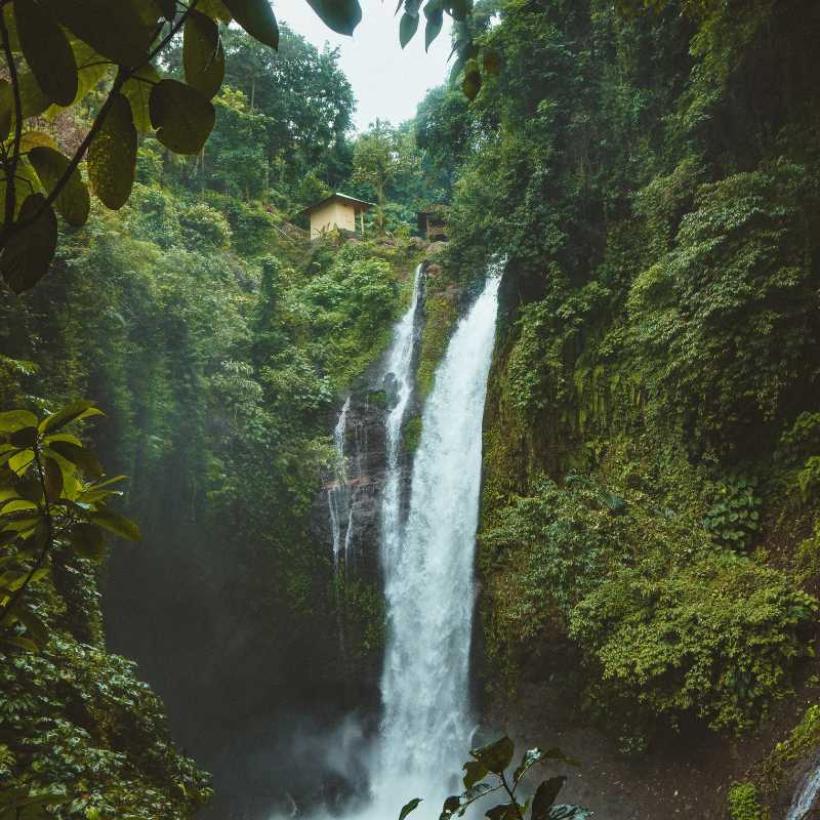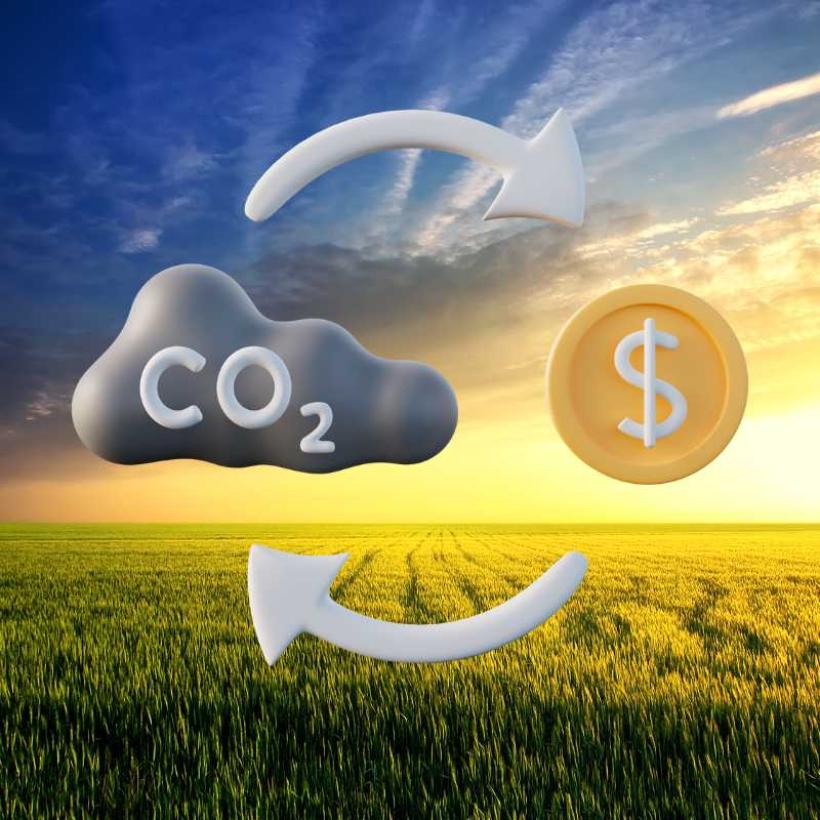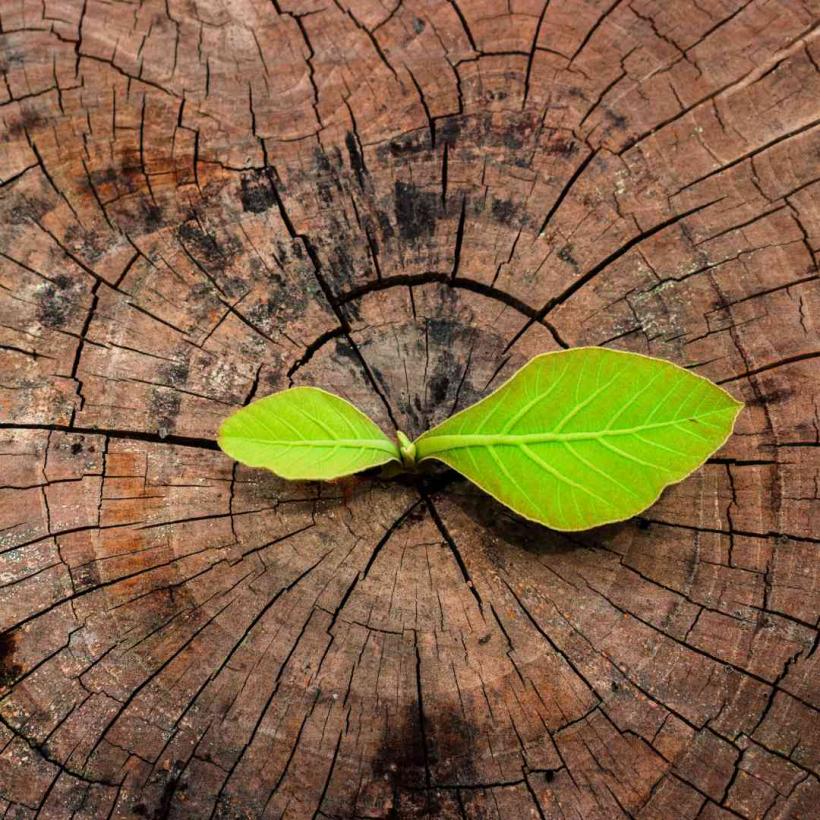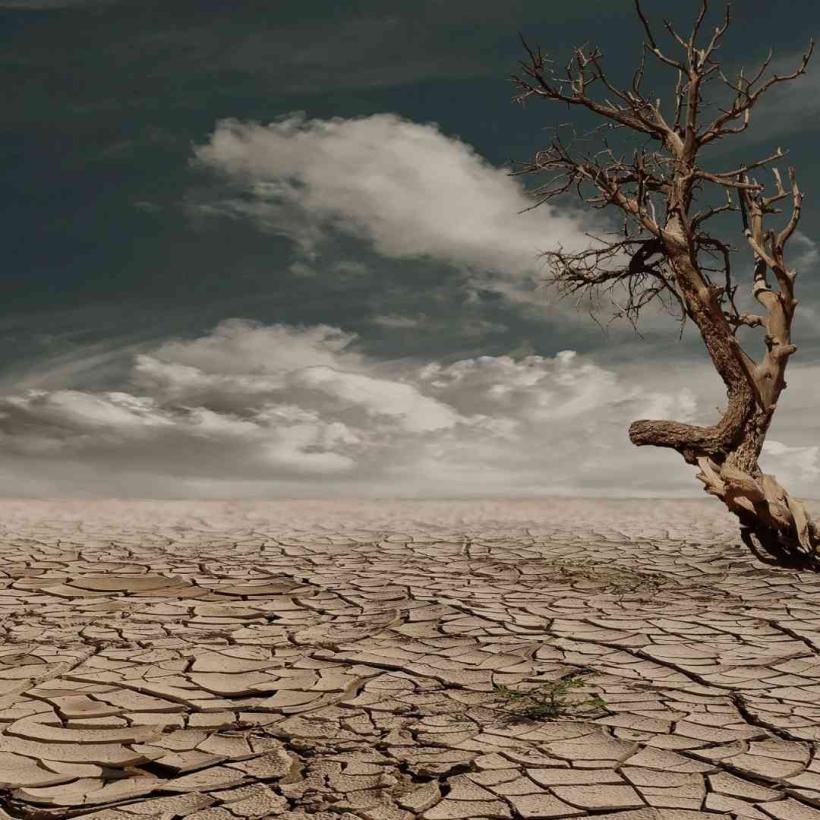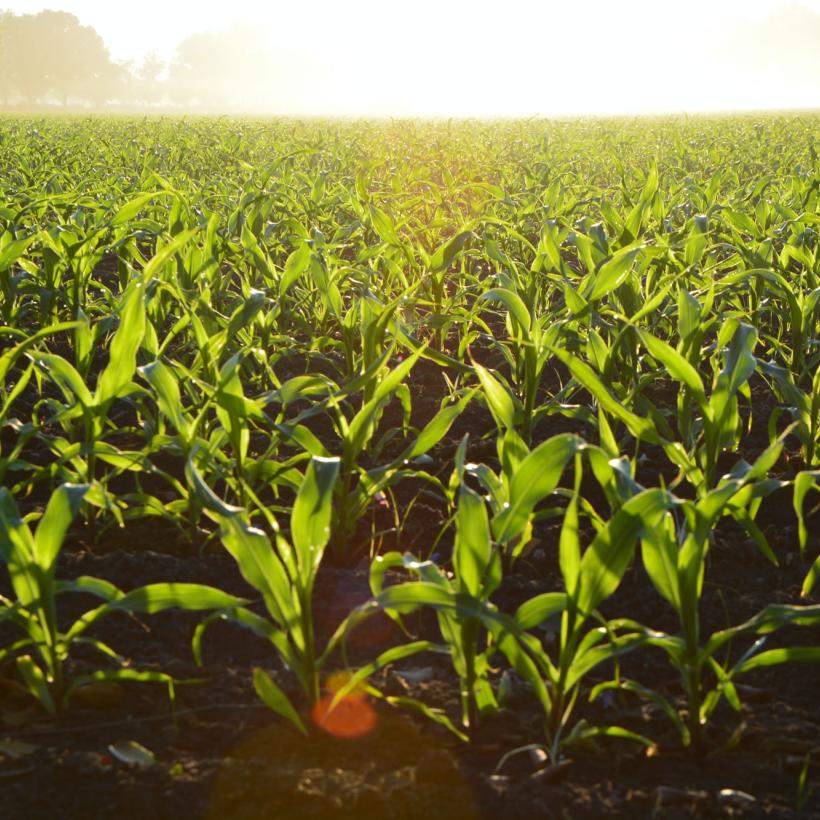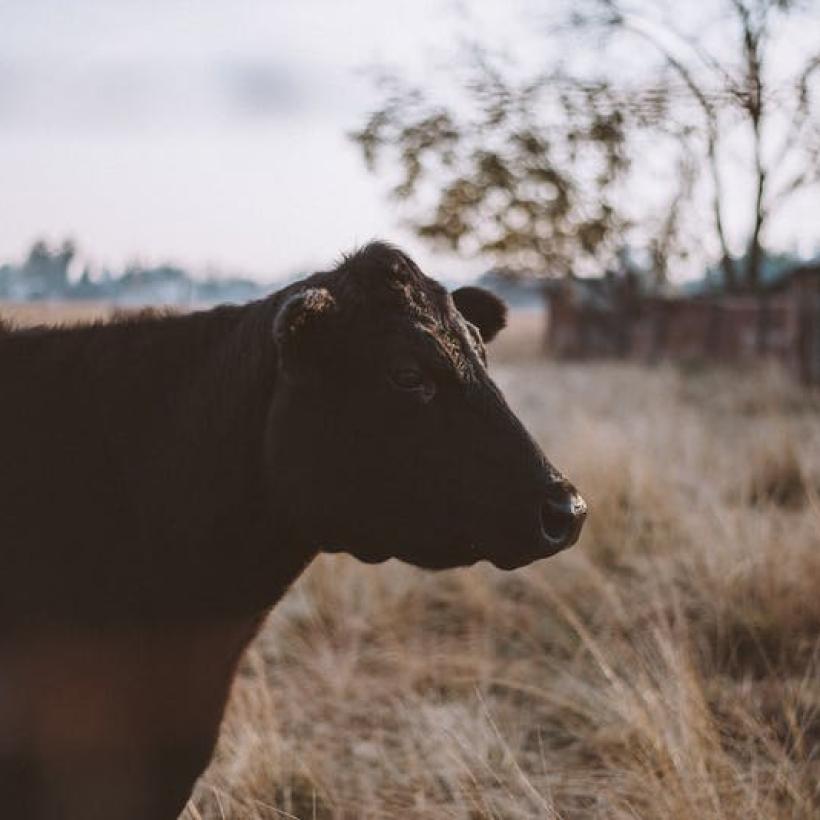
Mercado voluntário de carbono em plena expansão
Conheça a origem do sistema de comercialização de carbono e porque o mercado voluntário de créditos de carbono representa oportunidades para as empresas que estão em busca de reduzir suas emissões; Brasil dá os primeiros passos para regular esse mercado e é hora de sair na frente com a plataforma certa: MyCarbon
Você já deve ter ouvido falar no mercado voluntário de créditos de carbono. Mas já parou para pensar quais são suas origens e como ele funciona na prática?
Quando se fala em mercado de créditos de carbono, existem duas possibilidades: o mercado regulado, onde governos - sejam nacionais, estaduais ou regionais - estabelecem sistemas de precificação das emissões de gases de efeito estufa que envolvem metas para setores considerados intensivos em carbono. Já no mercado voluntário, as empresas realizam a compensação de suas emissões sem a obrigatoriedade de cumprir metas impostas de redução, o fazem por uma questão de reputação e para dar uma resposta a consumidores e investidores.
Origem dos mercados de carbono
Ambos os mercados de créditos de carbono têm a mesma origem, mas se desenvolveram de modos diferentes. Voltando no tempo, chegamos a 1992, quando o Brasil sediou, no Rio de Janeiro, a conferência das Nações Unidas sobre meio ambiente e desenvolvimento, que ficou mundialmente conhecida como Eco-92 ou Rio-92. Na ocasião, foi estabelecida a Convenção-Quadro das Nações Unidas sobre a Mudança Climática* (UNFCCC, na sigla em inglês), que passou a promover as cúpulas para tratar do tema, as COPs (Conferências das Partes) sobre clima.
Uma das mais importantes cúpulas foi realizada em 1997 em Kyoto, no Japão. Lá, os membros da ONU decidiram que os países signatários deveriam assumir compromissos mais rígidos para a redução das emissões de gases de efeito estufa, dando origem ao Protocolo de Kyoto, ratificado em 2004. O Protocolo de Kyoto estabeleceu, pela primeira vez, o mecanismo do Comércio de Emissões, onde os países poderiam comercializar títulos denominados certificados de emissão reduzida (CERs); e também o Mecanismo de Desenvolvimento Limpo (MDL), que permitia o comércio desses títulos entre países desenvolvidos e em desenvolvimento.
Surgiu então um mercado regulado global, onde apenas os países desenvolvidos tinham metas de redução de emissões e, para isso, poderiam comprar créditos dos países em desenvolvimento, por meio de projetos MDL, como projetos de reflorestamento, de substituição de energia ou de captura de carbono em aterros sanitários, por exemplo.
Em paralelo e inspirado nesse mercado regulado, criou-se o mercado voluntário de carbono, onde empresas poderiam transacionar os créditos de carbono em uma relação bilateral e não sujeita a regulação.
Como funciona
No mercado voluntário, as empresas compensam as emissões de carbono visando ao cumprimento de metas de neutralidade climática, e também por questões reputacionais, como a pressão de seus stakeholders (públicos de interesse), cada vez mais conscientes e exigentes em relação ao tema das mudanças climáticas. Os compromissos net zero têm impulsionado a procura pelos créditos no mercado voluntário que, segundo o Banco Mundial, movimentou US$ 1 bilhão em 2021**
Os créditos de carbono do mercado voluntário podem vir de iniciativas que capturam, evitam ou reduzem as emissões de gases de efeito estufa. São elegíveis empreendimentos de energia renovável, de substituição de fontes de energia na indústria, de reflorestamento e restauração florestal, projetos agropecuários e conservação de florestas.
Globalmente, o mercado voluntário de créditos de carbono ainda é pequeno, representando cerca de 1% do que é negociado nos mercados regulados. Mas o potencial de expansão é grande, tendo em vista que mais e mais empresas têm buscado nesse mecanismo uma forma de neutralizar suas emissões de gases de efeito estufa, para cumprir metas de neutralidade climática (também chamadas net zero) E quando se olha para o Brasil, um país que concentra grandes áreas de florestas e de projetos agrícolas, além de uma matriz energética predominantemente renovável, as oportunidades são muitas
Brasil dá primeiro passo na regulamentação do mercado de carbono
De olho nessas oportunidades, o Brasil deu o primeiro passo para fomentar um mercado de créditos de carbono com a publicação, em maio de 2022, do decreto Nº 11.075/2022** do governo federal, que regula o tema, com foco na comercialização de créditos para empresas e países que precisam compensar suas emissões. O decreto estabelece nove setores como elegíveis para planos de redução das emissões, entre eles geração e distribuição de energia, serviços de saúde, agropecuária, indústria de transformação e construção civil, entre outros.
**https://www.capitalreset.com/o-decreto-que-cria-o-mercado-de-carbono-brasileiro-explicado/
O texto prevê a possibilidade, por exemplo, de contemplar no mercado de carbono áreas equivalentes a 280 milhões de hectares de florestas nativas que são protegidos por lei, abrindo possibilidades para que produtores rurais e empresas de todo o país gerem ativos financeiros por meio da conservação, além do carbono presente nos ecossistemas costeiros, marinhos e fluviais, incluindo manguezais. O decreto prevê ainda a criação de mecanismos de integração com o mercado regulado internacional, o que deve inserir, de vez, o Brasil em estratégias de comercialização globais.
Para a MyCarbon, que estruturou suas operações com o objetivo de ser um player global no mercado de créditos de carbono, o momento traz grandes oportunidades. A empresa chega ao mercado para dar origem a créditos de carbono por meio de projetos de preservação e restauração ambiental no campo, fixação de carbono no solo e outros mecanismos. Conheça nossa plataforma e faça parte desse movimento rumo à economia de baixo carbono.



